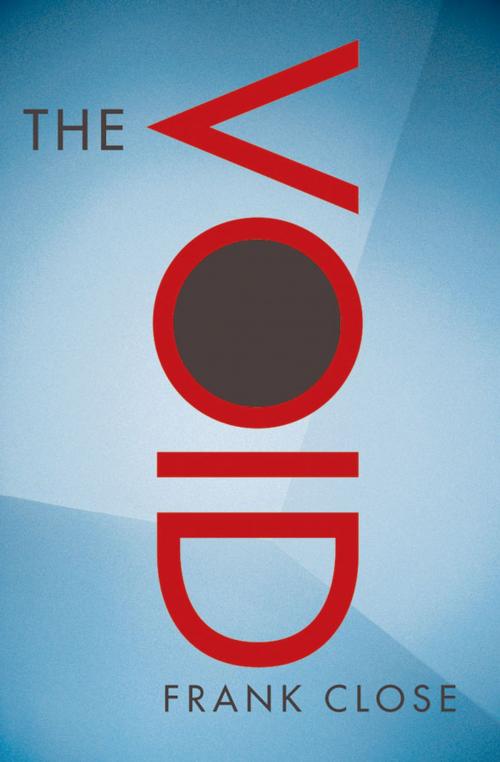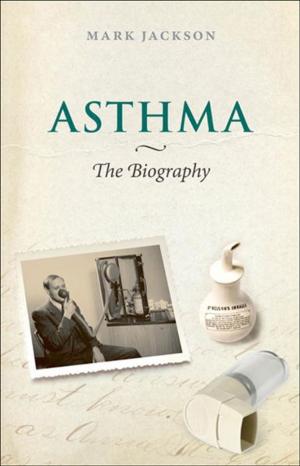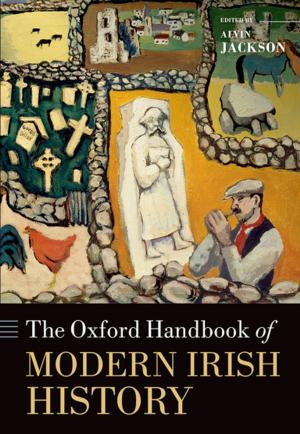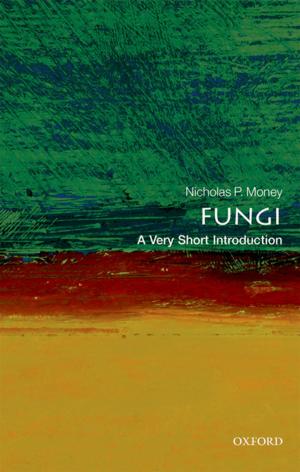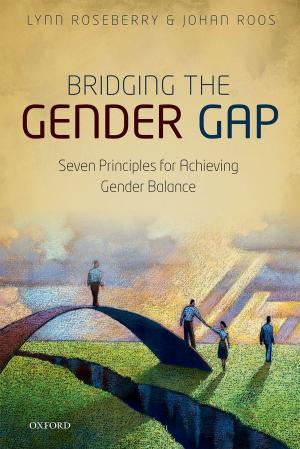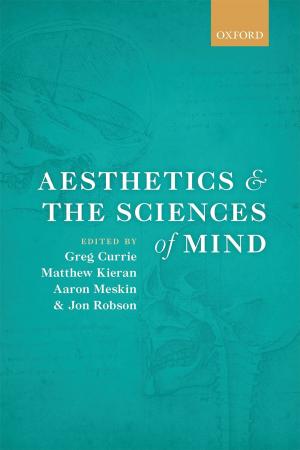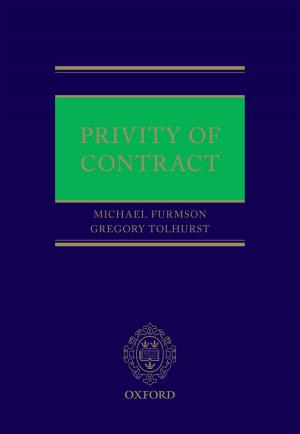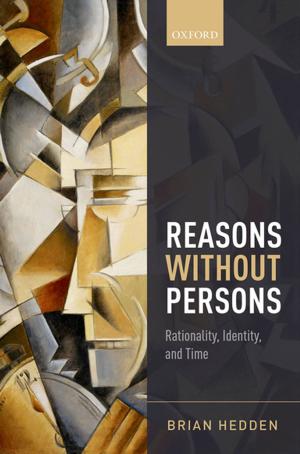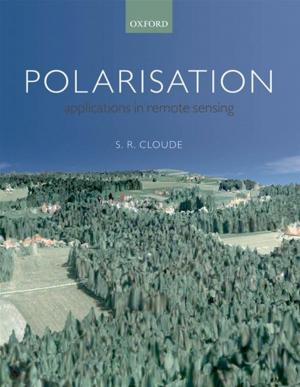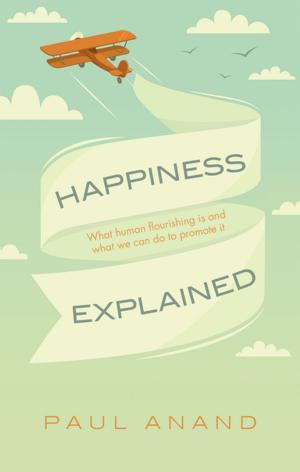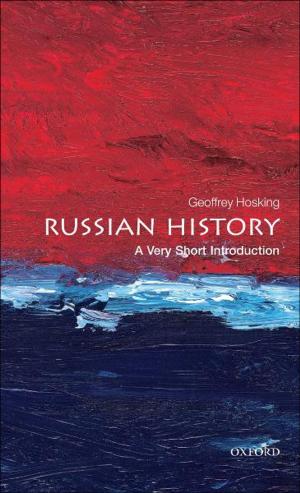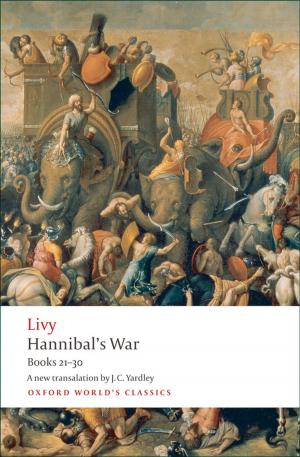The Void
Nonfiction, Science & Nature, Science, Other Sciences, History, Social & Cultural Studies, Social Science| Author: | Frank Close | ISBN: | 9780191607714 |
| Publisher: | OUP Oxford | Publication: | October 25, 2007 |
| Imprint: | OUP Oxford | Language: | English |
| Author: | Frank Close |
| ISBN: | 9780191607714 |
| Publisher: | OUP Oxford |
| Publication: | October 25, 2007 |
| Imprint: | OUP Oxford |
| Language: | English |
What is 'the void'? What remains when you take all the matter away? Can empty space - 'nothing' - exist? This little book explores the science and the history of the elusive void: from Aristotle who insisted that the vacuum was impossible, via the theories of Newton and Einstein, to our very latest discoveries and why they can tell us extraordinary things about the cosmos. Frank Close tells the story of how scientists have explored the elusive void, and the rich discoveries that they have made there. He takes the reader on a lively and accessible history through ancient ideas and cultural superstitions to the frontiers of current research. He describes how scientists discovered that the vacuum is filled with fields; how Newton, Mach, and Einstein grappled with the nature of space and time; and how the mysterious 'aether' that was long ago supposed to permeate the void may now be making a comeback with the latest research into the 'Higgs field'. We now know that the vacuum is far from being 'nothing' - it seethes with virtual particles and antiparticles that erupt spontaneously into being, and it also may contain hidden dimensions that we were previously unaware of. These new discoveries may provide answers to some of cosmology's most fundamental questions: what lies outside the universe, and, if there was once nothing, then how did the universe begin?
What is 'the void'? What remains when you take all the matter away? Can empty space - 'nothing' - exist? This little book explores the science and the history of the elusive void: from Aristotle who insisted that the vacuum was impossible, via the theories of Newton and Einstein, to our very latest discoveries and why they can tell us extraordinary things about the cosmos. Frank Close tells the story of how scientists have explored the elusive void, and the rich discoveries that they have made there. He takes the reader on a lively and accessible history through ancient ideas and cultural superstitions to the frontiers of current research. He describes how scientists discovered that the vacuum is filled with fields; how Newton, Mach, and Einstein grappled with the nature of space and time; and how the mysterious 'aether' that was long ago supposed to permeate the void may now be making a comeback with the latest research into the 'Higgs field'. We now know that the vacuum is far from being 'nothing' - it seethes with virtual particles and antiparticles that erupt spontaneously into being, and it also may contain hidden dimensions that we were previously unaware of. These new discoveries may provide answers to some of cosmology's most fundamental questions: what lies outside the universe, and, if there was once nothing, then how did the universe begin?
